29/01/2021
As awareness of the devastating consequences of climate change grows, technology that harnesses renewable energy has seen significant investment in recent years. Wind energy is no exception. With increased investment, there comes a need for protection by way of patents.
Patents are typically filed at an early stage of development, due to the requirement for the technology they cover to be new and inventive. This in turn means that patent filing statistics can provide a good insight into where R&D is being carried out, and into potential future technologies. In this article we ask, what areas are the core technologies where patent filings are being made, where are these filings being made, and who is filing them?
Statistics from IRENA’s INSPIRE platform show that in the renewables field, wind energy patent filings come second only to those in the solar energy field, reflecting the critical importance of innovation in these fields to meet climate change goals.
The figures do, however, suggest that renewable energy patent filings may have plateaued. This plateau can be seen for wind energy patent filings in Fig. 1. The trend should not be taken as an indication of any lessening of interest in wind energy technologies, but does suggest that the industry have reached a mature stage where patent filings have levelled off.
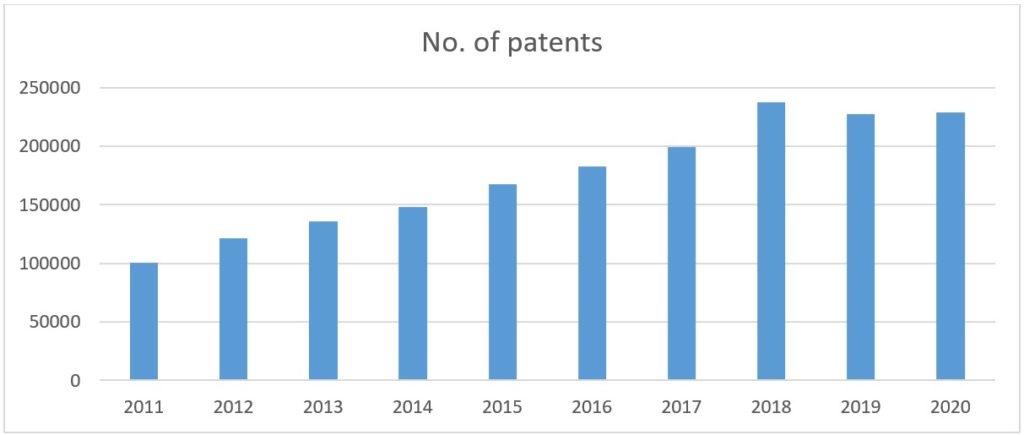
Fig. 1 No. of Wind Energy Patent Filings (by publication year)
Offshore wind, however, bucks the trend, as can be seen from Fig. 2. In the offshore wind field, filings continue to rise year on year, suggesting increasing development in this field. One explanation for this is increased R&D at low TRL by universities and companies who may have been less active in conventional wind energy, where the technology is more mature, and the market is already occupied by large companies with an established presence. Indeed, looking at the top 10 filers in this area, we notice two Chinese universities (Fig. 5).
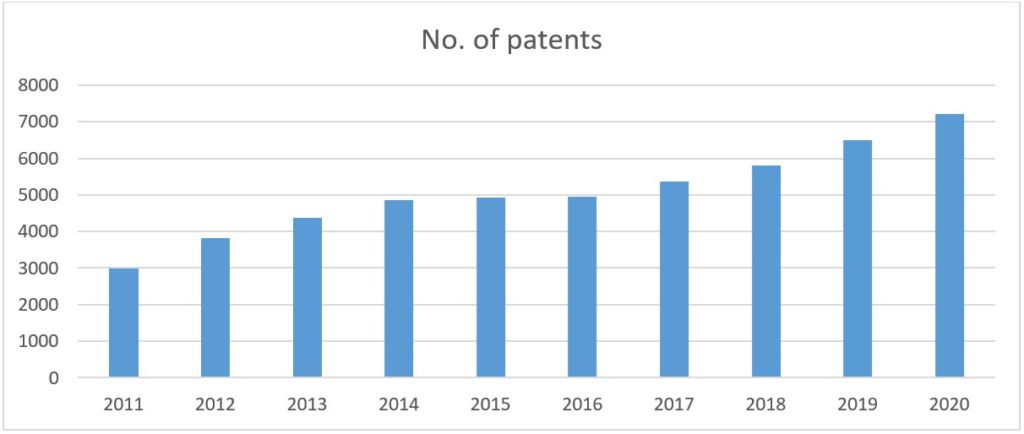
Fig. 2 No. of Offshore Wind Patent Filings (by publication year)
Fig. 3 shows the top 10 filers of wind energy patents. We found that Chinese state-owned utility corporation State Grid has filed the largest number of wind energy related patent applications, followed by Mitsubishi Electric, and then GE. By contrast, Fig. 4, which looks at offshore wind in particular, shows Siemens, followed by Samsung Heavy Industries, and then Vestas represent the top patent filers. Indeed, only 5 of the top wind energy patent filers are in the top 10 offshore wind energy patent filers list, and, as mentioned above, two Chinese universities appear among the top 10 filers.
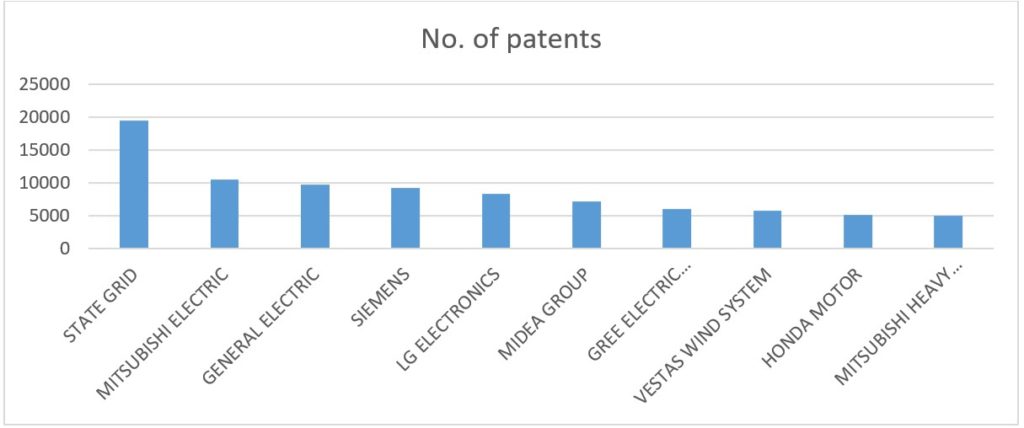
Fig. 3 No. of Wind Energy Patent Filers (2011-2020)
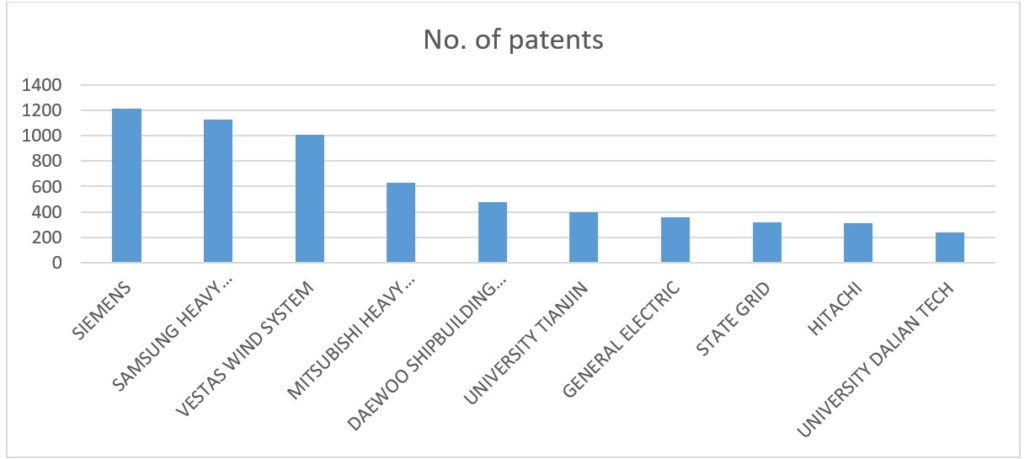
Fig. 4 No. of Offshore Wind Energy Patent Filers (2011-2020)
Patents are territorial rights, which means that applicants are required to pursue separate patents in each territory where they seek a monopoly. Patents published by the European Patent Office (EPO) show a rapid increase relating to offshore wind towards the beginning of the last decade, although that increase has slowed in recent years (Fig. 5a). In the US and Canada (Fig. 5b), yearly numbers of publications have, on average, been 1/3 higher than those of European applications, although this may be partly attributed to filings made directly at the national offices of European countries, which are not included in the EPO figures. Looking to East Asia (Fig. 5c), however, patent filings in China, Japan and Korea show significantly higher numbers than Europe and North America, and continue to increase at a high rate, with the past 5 years showing a 75% increase. The high number of patent filings in east Asia may be largely attributable to high numbers of filings for home grown technology, particularly in China, and mirrors a general trend in China across all technology areas.
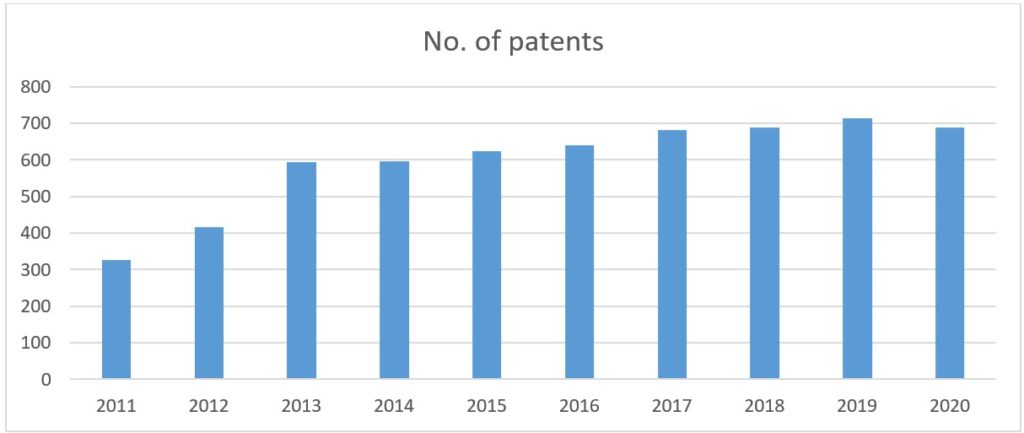
Fig. 5a Number of Wind Energy Patent Filings in Europe (by publication year)
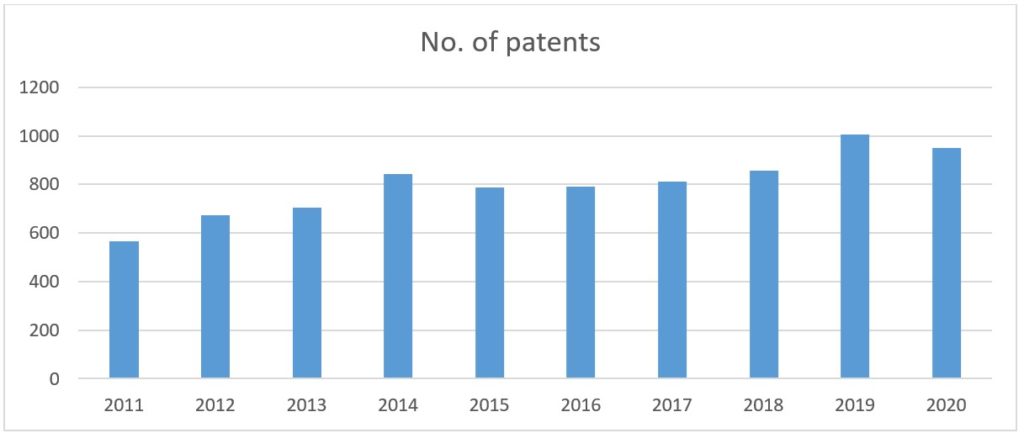
Fig. 5b Number of Wind Energy Patent Filings in North America (by publication year)
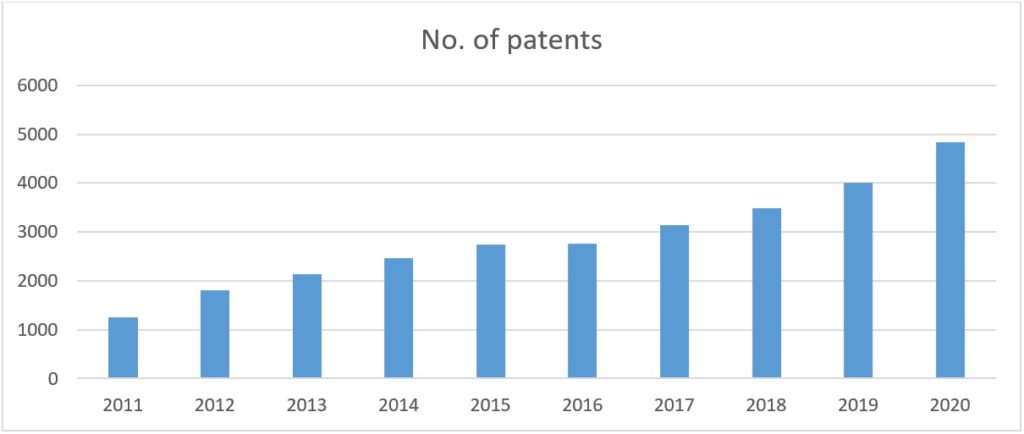
Fig. 5c Number of Wind Energy Patent Filings in East Asia (by publication year)
Patent filings can also give us an insight into the core technology areas of interest to the offshore wind sector. Fig. 6 shows that the largest number of offshore wind related patent filings relate, at least in part, to aspects of the wind motors themselves – rotor blade design, nacelle covers, methods of control, and so on. After that, we see a large number of filings relating to waterborne vessels, and offshore platforms in particular, compared to a smaller proportion of filings relating to buildings and foundations, suggesting a trend towards floating wind. That said, filings in both areas continue to increase into 2020 supporting the interpretation of increased R&D in the field of offshore wind in general. Technology relating to measurement, monitoring and computer processing also accounts for a significant proportion of filings, suggesting developments in the field of digitalisation. Given the buzz around digitalisation in the wind industry, it is perhaps surprising that these filings do not represent a higher proportion of total filings, possibly suggesting higher numbers to come, or perhaps a perception that patents may be difficult in this area. A high number of patent filings also relate to electricity generation and distribution, reflecting the challenge of effectively utilizing the energy generated by wind turbines.
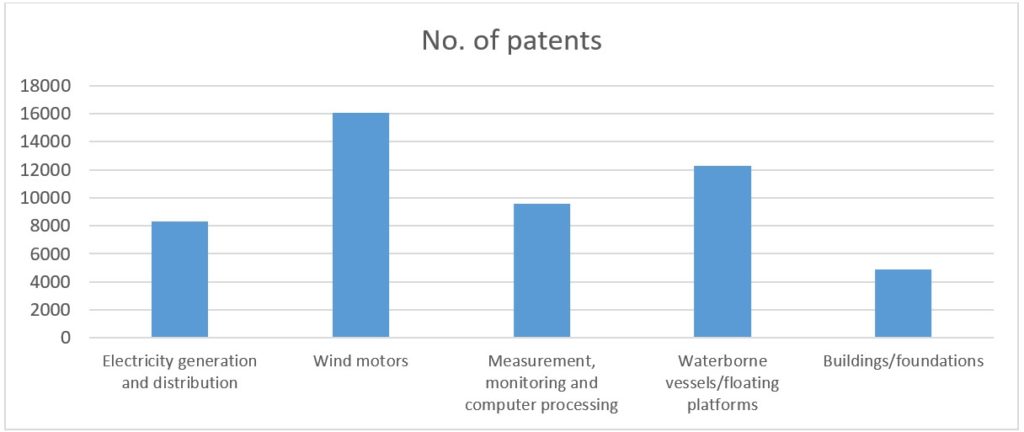
Fig. 6 Number of offshore Wind Energy Patents
In general, the statistics reflect the current buzz surrounding the wind industry, and the field of offshore wind in particular. They also demonstrate that innovation in the sector is flourishing around the world, and extends into diverse technology areas. At Reddie & Grose, our multidisciplinary team, including specialists in the difficult digitalisation field, are well placed to file and prosecute patent applications in the diverse technology areas of interest to the wind industry.
This article is for general information only. Its content is not a statement of the law on any subject and does not constitute advice. Please contact Reddie & Grose LLP for advice before taking any action in reliance on it.



